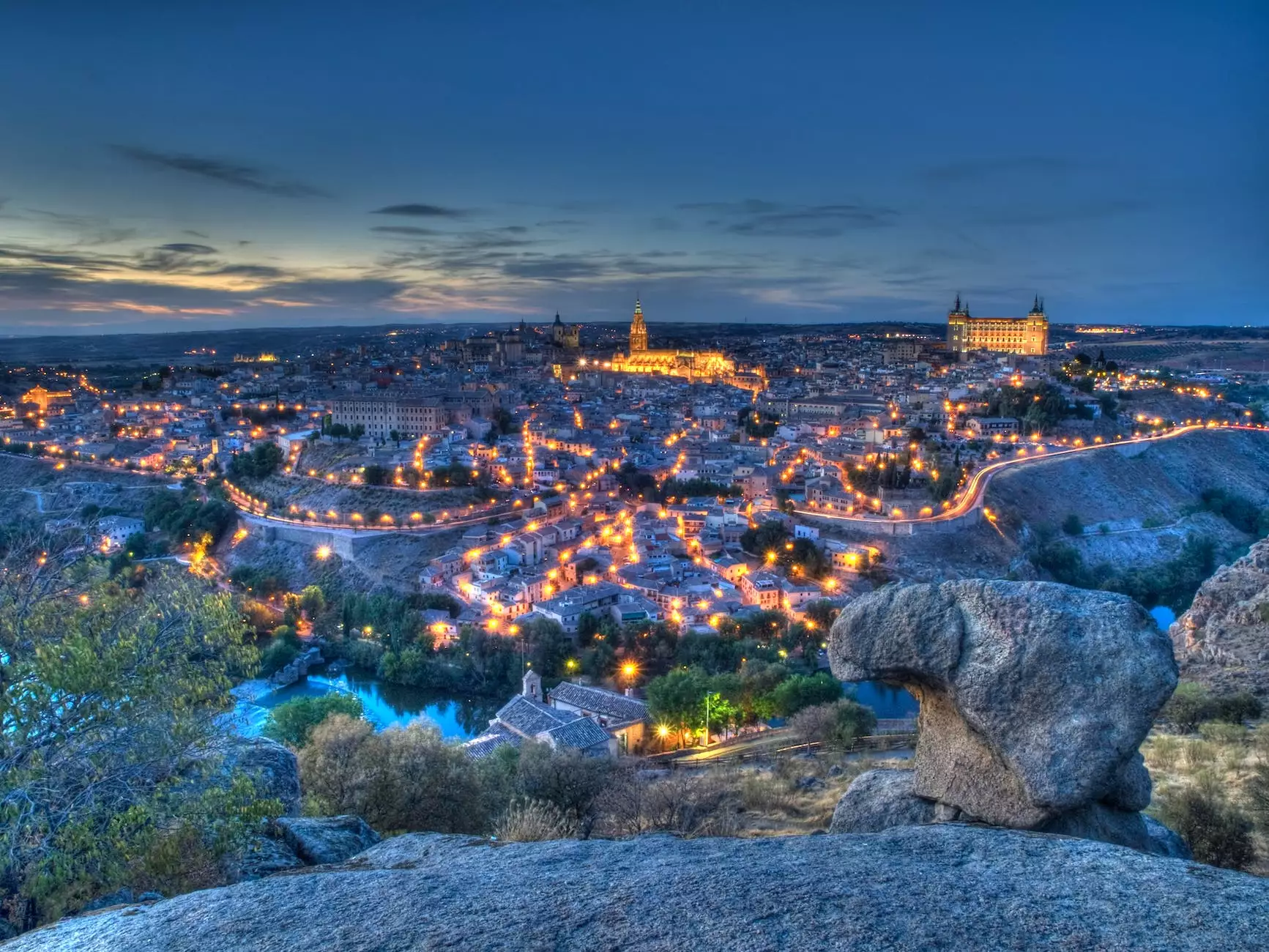Where does the Water Come from at Lake Mead?
Environment
The Connection Between Lake Mead and the Colorado River
Welcome to Nevada Business Chronicles!
In this article, we will explore the fascinating topic of where the water at Lake Mead comes from. Lake Mead, located in the Mojave Desert, is a vital source of water for both Las Vegas and a large portion of the American Southwest. Understanding the source of this water is not only important for the locals but also for anyone interested in the ecological balance of the region.
The Birthplace of the Colorado River
The primary source of water for Lake Mead is the Colorado River. The Colorado River has its origins in the snow-capped mountains of the Rocky Mountain National Park in Colorado. The river flows through several states, including Colorado, Wyoming, Utah, New Mexico, Arizona, Nevada, California, and eventually Mexico.
The Journey of the Colorado River
As the Colorado River makes its way through these states, it gathers water from various tributaries, streams, and springs. These waters ultimately contribute to the volume of the Colorado River, which is crucial for sustaining life in the arid regions of the Southwest.
Hoover Dam and Lake Mead
One of the most significant engineering marvels along the Colorado River is the Hoover Dam. Completed in 1936, the Hoover Dam plays a vital role in harnessing the power of the river and storing water in Lake Mead.
Lake Mead, formed by the Hoover Dam, is one of the largest reservoirs in the United States. It stretches across parts of Nevada and Arizona, covering more than 150,000 acres. The water stored in Lake Mead is used for a variety of purposes, including drinking water, irrigation, and hydroelectric power generation.
The Importance of Lake Mead
Lake Mead not only serves as a water source but also supports the delicate ecosystem of the region. Its waters provide a habitat for numerous aquatic species, including fish such as striped bass and catfish. The lake also attracts a variety of migratory birds, providing a vital resting and feeding ground along their journeys.
Sustaining Life in the Desert
The water from Lake Mead is essential for sustaining life in the surrounding desert. Through a complex network of pipelines and canals, the water is distributed to cities, towns, and farms throughout the region. This ensures that people and businesses have access to a reliable water supply.
Challenges and Conservation Efforts
However, the sustained use of the Colorado River water has put immense pressure on the overall water availability in the region. The combination of increasing demand and ongoing drought conditions has led to concerns about the long-term sustainability of the water supply.
Efforts are being made to promote water conservation and find innovative solutions to mitigate the effects of drought. These include wastewater recycling, water desalination, and incentivizing efficient water use in households and businesses.
Conclusion
In conclusion, the water at Lake Mead comes from the Colorado River, which originates in the Rocky Mountains. The river's journey through multiple states contributes to the volume of water available at Lake Mead. Lake Mead plays a crucial role in sustaining life in the arid Southwest, providing water for drinking, irrigation, power generation, and supporting a diverse ecosystem. However, the challenges of increasing demand and drought conditions highlight the need for ongoing conservation efforts to secure the future water supply for the region.
Thank you for visiting Nevada Business Chronicles, where we bring you insightful content on various topics related to business and consumer services. Stay tuned for more engaging articles!




